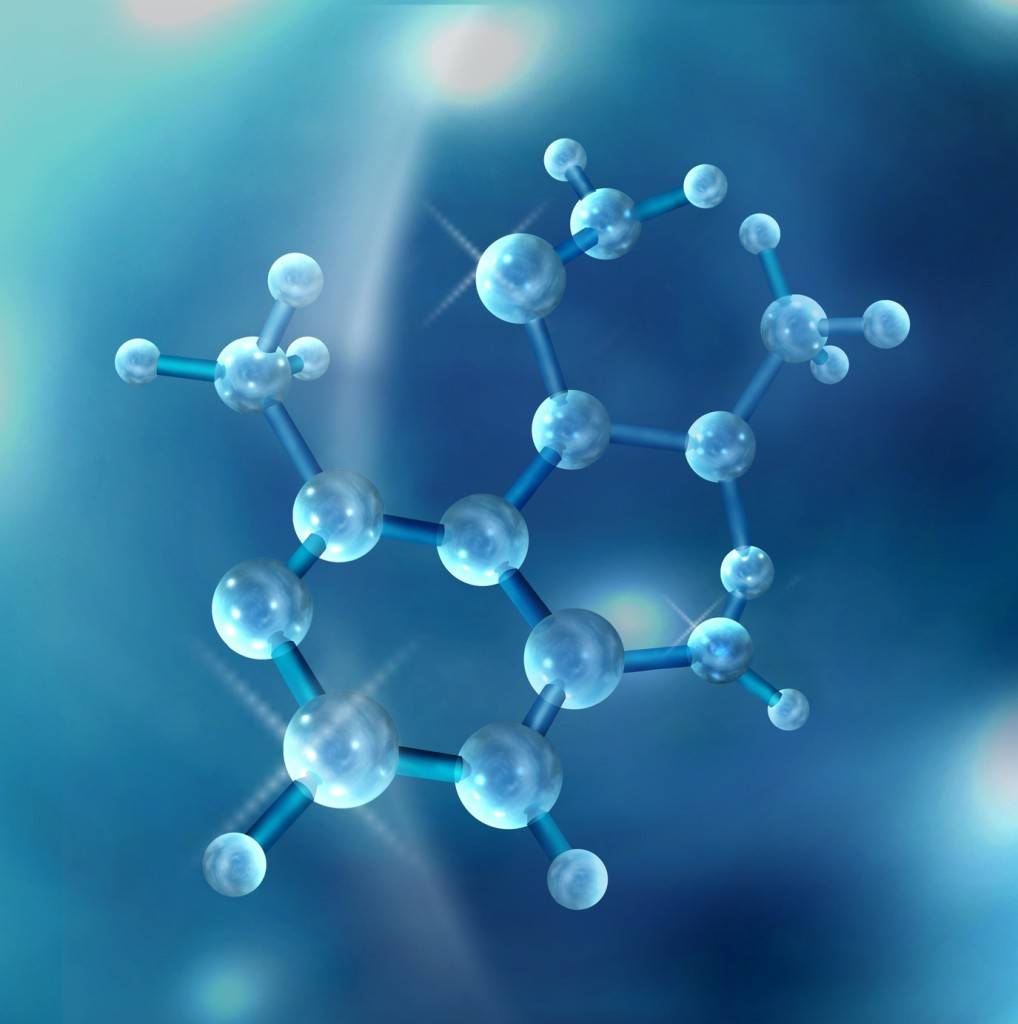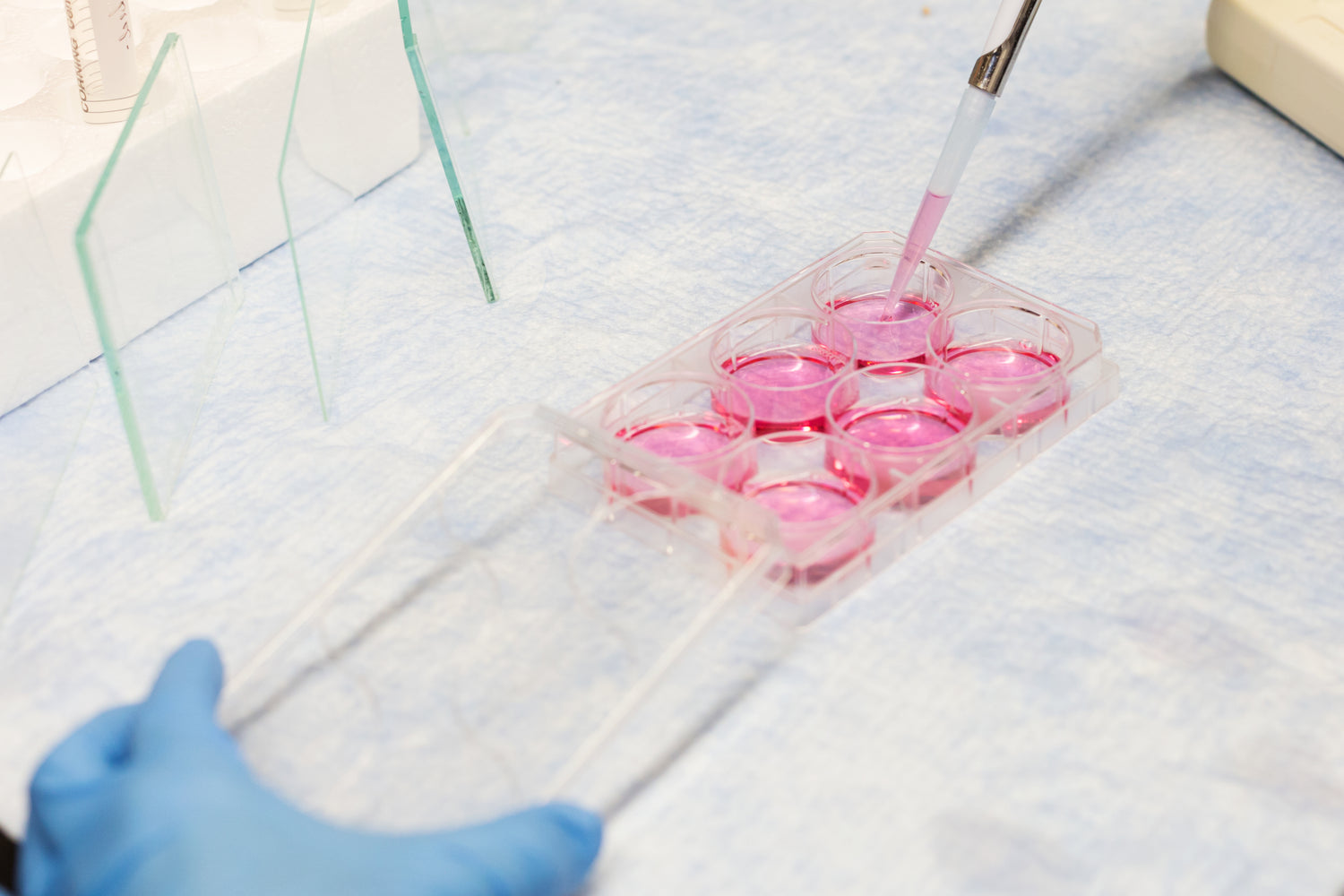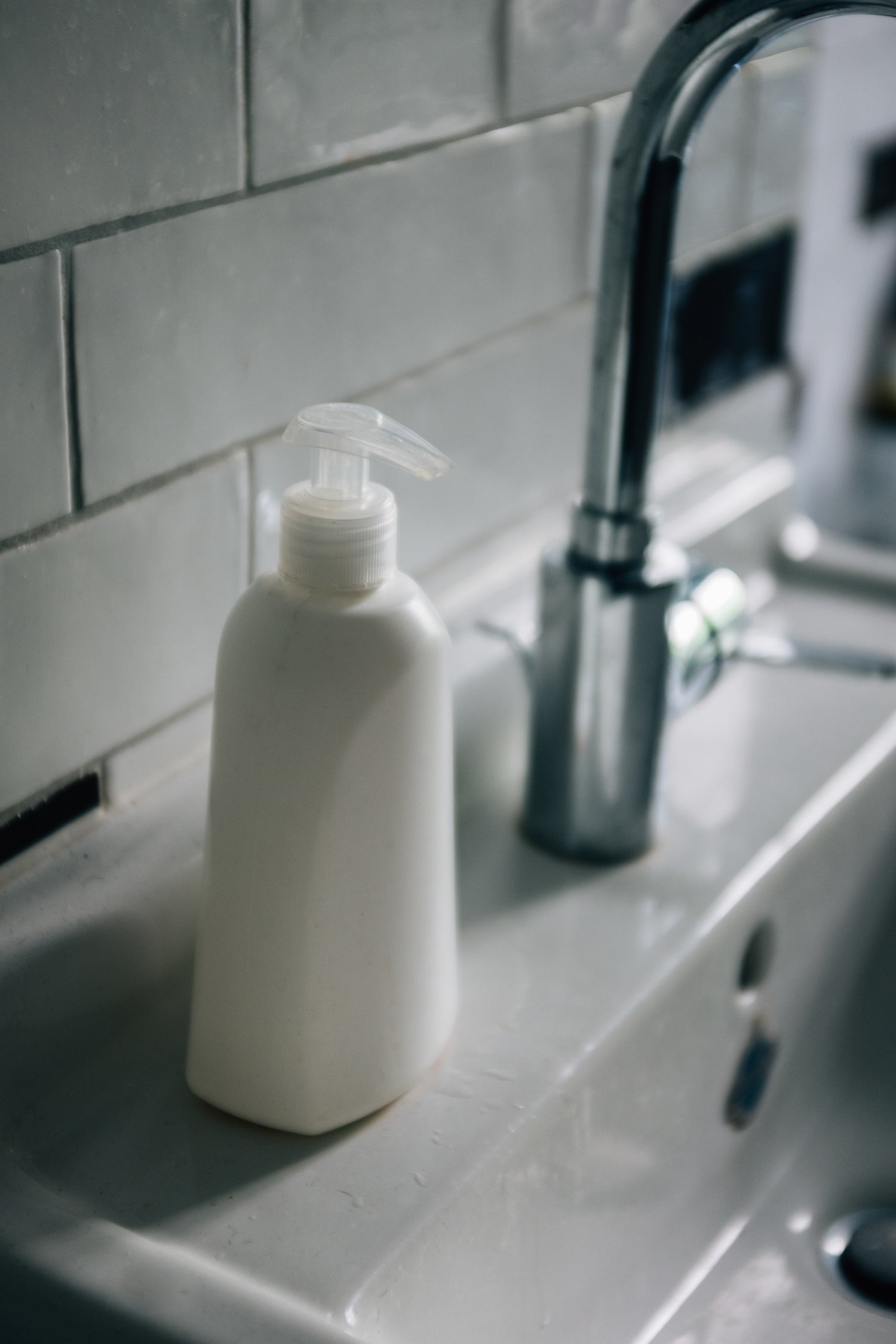Polysaccharides from the cell wall of Saccharomyces cerevisiae have been widely used, but there are few researches on polysaccharides from the spore wall. The polysaccharide from yeast spore wall has special structure, and the existing extraction methods are limited. Ultrasonic assisted enzymatic extraction technology has advantages. This study aims to use it to extract polysaccharides from the spore wall of Saccharomyces cerevisiae, determine the best technology, analysis properties and prebiotic activity.
The particle size, monosaccharide composition, infrared spectrum, microstructure, water retention, oil retention, swelling and other physical and chemical properties of polysaccharides were analyzed by various techniques.
The feces of healthy volunteers were collected for in vitro fermentation, and the composition of bacteria and the content of short-chain fatty acids were analyzed.
The trend of each factor was determined by single factor experiment, and the optimal process was obtained by orthogonal experiment as ultrasonic power 300W, time 60min, enzyme concentration 1%, enzymatic hydrolysis time 4h. The verification experiment showed that the total sugar content was 89.20±0.52%.
Scanning electron microscopy showed that the volume of yeast cells and spores decreased after treatment. The polysaccharide of yeast spore wall mainly contains mannose and glucose, which is similar to the polysaccharide of yeast cell wall. Fourier transform infrared spectroscopy showed that the polysaccharide structure could be preserved by ultrasonic assisted enzymatic extraction.

Yeast spore wall polysaccharide has smaller particle size, better water holding, oil holding and swelling capacity, and has great application potential in food industry.
Yeast spore wall polysaccharide changes intestinal flora composition, increases beneficial bacteria, reduces harmful bacteria, and reduces F/B ratio, which has potential application in obesity management.
The optimum extraction process of saccharomyces cerevisiae spore wall polysaccharide was determined, which had similar properties to yeast cell wall polysaccharide but better function. Yeast spore wall polysaccharide can regulate intestinal flora, produce beneficial short-chain fatty acids and promote intestinal health during colon fermentation.








